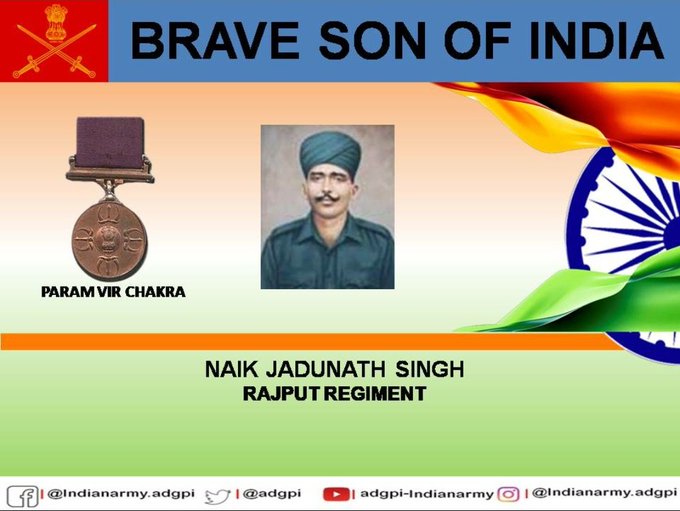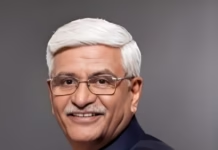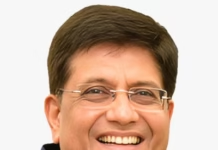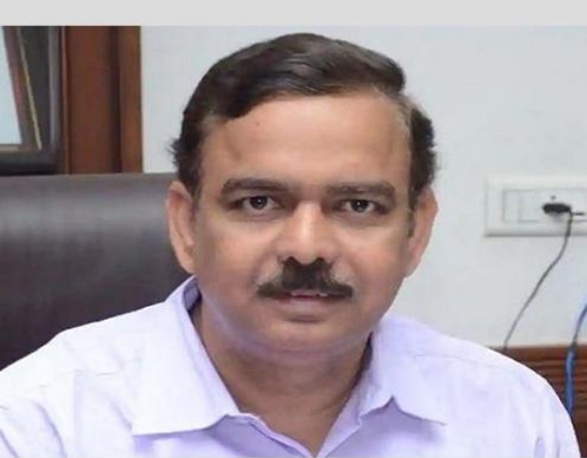Today India remembers its farmers son -2nd Param Vir Chakra Martyr Naik Jadunath Singh
Kanwar Inder Singh/ royalpatiala.in
Till date 21 Param Vir Chakra were awarded to the valiant Indian soldiers. The first recipient was Major Somnath Sharma and the second was Naik Jadunath Singh, the saviour of Naushera in J&K during the Indo-Pak 1947-48 conflict, for February 6, 1948 action.
On 06 Feb 1948, around 5,000 #PakInvaders launched an all-out attack on #Naushera. Brigadier Usman and his men gave a good account of themselves in repelling wave after wave of enemy attack on #Naushera.The battle of #Naushera was a major victory. Brigadier Usman leaped into fame & became ‘The Hero of Naushera’. 6 Feb 1948 became a ‘Red-Letter Day’ in the history of the operations in Jammu & Kashmir.(88/n)
It all started in August 1947, after India-Pakistan attains freedom from British rulers. The Indo-Pakistani War of 1947–1948, sometimes known as the First Kashmir War, was an armed conflict that was fought between India and Pakistan over the princely state of Jammu and Kashmir from 1947 to 1948.
The formal call was taken on 28th Oct 1947, when Maharaja Hari Singh of Kashmir decided to merge the princely state with India. Pakistan began to attack India on many fronts, Taindhar being one such front in Naushera sector that the conspirators managed to make their way to the Indian pickets. Although, on 1st Feb 1948, 50 Para Brigade of Indian Army won back the Naushera sector from the enemy causing them heavy casualties.
But what made this Battle of Taindhar of 6th Feb 1948 historic, was the heroism and profound leadership of Indian Army Jawans that is still unforgettable. One such brave Hero of the country was Naik Jadunath Singh. The selfless soldier laid his life fighting off the enemy and helped his troop win back the Naushera sector.
On 6th Feb 1948, the enemy attacked this sector by opening fire on the pickets of Taindhar ridge. The entire ridge and surrounding hills were under gunfire and mortar fire. And the enemy managed to made their way to the Indian pickets in the dark. The dawn of 6th Feb saw massive attacks by the enemy to capture the post.
Naik Jadunath Singh, who commanded the picket No.2 displayed remarkable valor and profound leadership. With his troop, he managed to make the enemy retreat in confusion. The attack from enemy’s side left four of his men injured, but he re-organized the forces for another attack. Despite being outnumbered and injured, the troop continued guarding their post. Meanwhile, Jadunath’s Bren-gunner got seriously injured so he took over the Bren-gun himself. The enemy emerged for another attack, this time right on the walls of the post. But his offense was so strong that he turned what looked like defeat into a victory and saved the post a second time. By this point, Naik Jadunath had lost all his fellow soldiers of his post. The enemy launched a third attack to capture the post.
Naik Jadunath Singh charged the enemy with his sten-gun, despite being the only survivor from his troop and also wounded. Surprised by his venturous spirit, the enemy fled in disorder. However, two enemy bullets pierced his head and chest which led Naik Jadunath Singh take his last breath. The brave soldier of Indian Army made the nation proud and was martyred chasing the enemy. At such a critical stage for Naushera, he not only saved his picket but was also honoured with the nation’s highest gallantry award, “Param Vir Chakra” for his outstanding bravery and selfless service to the nation.
Singh was born on 21 November 1916 in Khajuri village of Shahjahanpur, Uttar Pradesh. He was the son of Birbal Singh Rathore, a farmer, and Jamuna Kanwar. He was the third of eight children, with six brothers and a sister.
Though Singh studied up to fourth year standard in a local school in his village, he could not continue his education further due to his family’s economic situation. He spent most of his childhood helping out his family with agricultural work around the farm. For recreation, he wrestled and eventually became the wrestling champion of his village. For his character and well-being, he was nicknamed “Hanuman Bhagat Bal Brahmachari”. This was after Hanuman, a Hindu god who was unmarried for life. Singh never married.
Singh was enlisted in the British Indian Army in 1941 and served in the Second World War, fighting against the Japanese in Burma. He later took part in the Indo-Pakistani War of 1947 as a member of the Indian Army.
About PVC
Post-independence, Prime Minister of India Jawaharlal Nehru decided to give gallantry awards for the ongoing conflict in Jammu and Kashmir. Although India and Pakistan still had the option to award British honours, the leaders felt that it would not make sense to give the same honour to personnel from opposing forces. Accordingly, in June 1948 it was decided to institute new Indian awards for gallantry: the Param Vir Chakra (PVC), Maha Vir Chakra (MVC), and Vir Chakra (VrC). After the PVC, the MVC and VrC are the second and third highest gallantry awards during wartime.
February 6,2021












